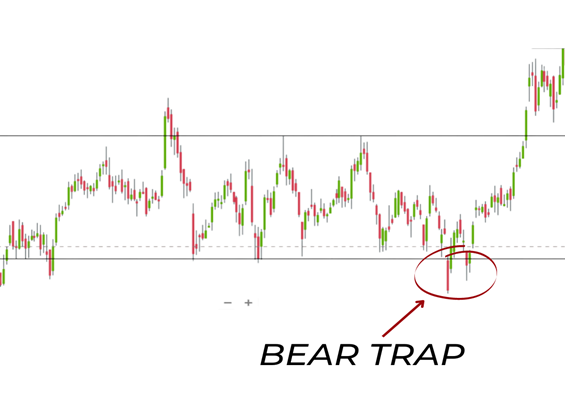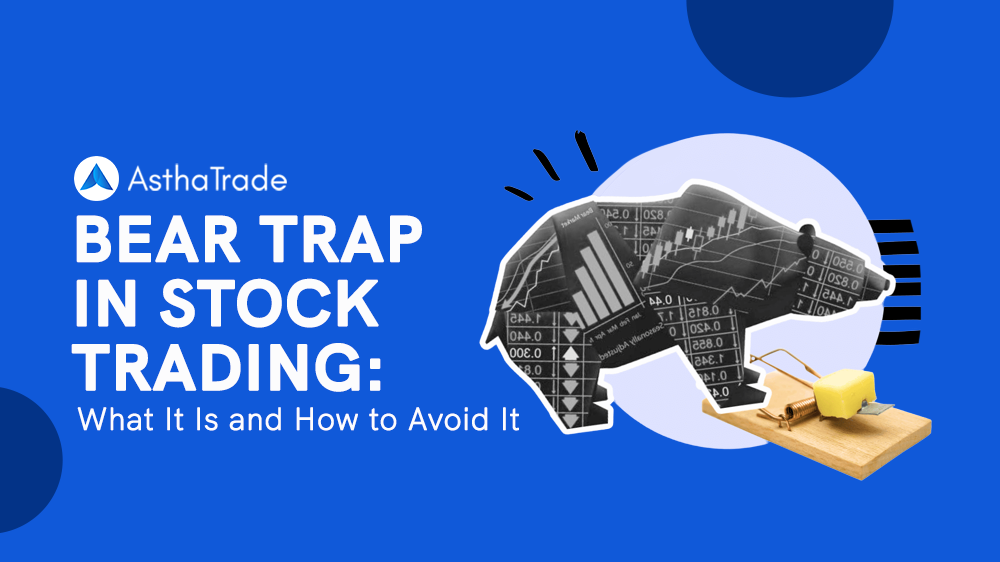Introduction
If you are interested in stock trading, you must be familiar with terms like “bearish market” and “bullish market”.
If not, then you must be aware of them before beginning your trading journey.
In a bear market, the prices of stocks start declining. Thus, to earn maximum returns, investors enter into a selling mode.
In contrast, a bull market indicates a rising price trend. Thus, investors enter a buying mode on their trading platform to acquire stocks at the lowest prices.
However, you should exercise caution when assessing this market trend. Institutional investors may intentionally create fake scenarios.
These are known as “traps”. They may be bear traps or bull traps. In this article, we will tell you what a bear trap is in detail.
What is a bear trap?
In a bear pattern, investors expect a downward trend to kick off. As a result, investors engage in short selling.
A short sale occurs when an investor sells a security, intending to repurchase it at a lower price. This results in maximum profits.
In a bear trap, there is just an illusion that prices are rising, which causes the investor to sell. But, in reality, there is no such rise in prices.
When such a situation arises, investors are said to be in the bear trap.

How to avoid it?
Be it a beginner or an expert, every investor must know how they can avoid a Bear Trap. The following are some ways:
Take knowledge of technical tools
We have technical indicators like the Fibonacci Level and many more. Fibonacci levels help you indicate a reversal of prices.
So, if the price doesn’t break any Fibonacci level in the market trend, it is a trap.
Be careful while shorting
Investors enter into shorting when they enter into a bear trend.
However, if you are a beginner and not an expert on bear traps, it’s wiser to add a stop loss.
It is the limit placed to sell the security at a specified price to curb the loss.
Analyse the volumes
Another way of recognising the trap is to observe the market volumes. Usually, when the prices rise or fall, there is also a drastic change in the volume.
So, if you see a bear trend, but don’t see a significant rise in the volume, it is a bear trap.
Final thoughts
After reading the article, you will have a fair idea of what a bear trap is and how to avoid it. No one wants to lose their hard-earned money.
Thus, it is better to be patient, disciplined, and understand all the risks before investing. To start your trading journey you can open an account with Rupeezy within a few minutes.
They even offer various decision support tools that can make your trading journey easier.

